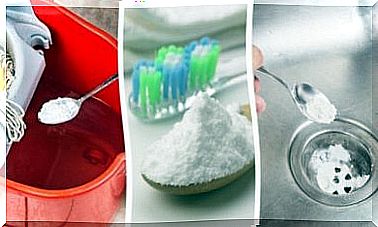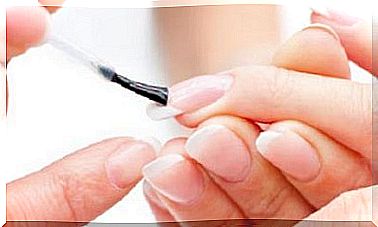Dermatitis And Corticosteroids, How Are They Related?
Dermatitis and corticosteroids are linked because they are safe and effective rash medications, provided they are used correctly.
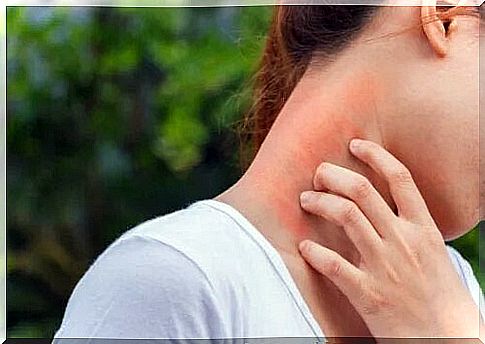
Dermatitis and corticosteroids go hand in hand, as the latter are usually the treatment for the former. Used correctly, corticosteroids will be your allies in spacing out and minimizing dermatitis breakouts.
Corticosteroids get a very bad press because of the side effects that the public attributes to them. However, if used under medical prescription, they are safer than they appear. When used according to professional criteria, the corresponding safety margin is ensured.
What is dermatitis?
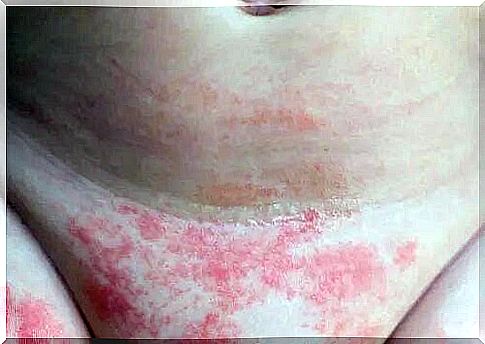
Dermatitis is a chronic inflammatory disease of the itchy skin. Topical corticosteroids are the treatment of choice for an outbreak. Dermatitis and corticosteroids are related because they are the drugs of choice, safe and effective as long as they are used appropriately in the treatment of dermatitis.
Preventing or spacing out the frequency of occurrence of these rashes is decisive for the patient’s quality of life. By preventing and spacing out eruptions, corticosteroids are more often avoided.
What are topical corticosteroids used for?
Corticosteroids can be natural or synthetic. Natural hormones are hormones from the group of steroids that our body synthesizes from cholesterol. They are involved in inflammatory and immunological processes and control stress.
On the other hand, synthetic corticosteroids, such as hydrocortisone, are found synthesized by modifying the structure of natural corticosteroids. These are the ones that are generally found marketed as medicinal preparations. The topical form refers to the possibility of applying them directly to the lesion.
How do corticosteroids work?
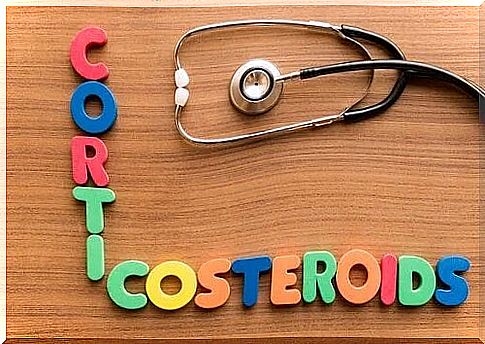
These drugs have anti-inflammatory, vasoconstrictor, immunomodulatory and antiproliferative effects. They are applied to the skin as they reduce inflammation, itching and scratching caused by dermatitis. If managed well, they help control flare-ups of dermatitis, even if they don’t cure it.
Based on their potency, we can classify corticosteroids as follows :
- Very high potency : this group includes the most effective drugs, this is the group that includes clobetasol.
- High potency : like methylprednisolone which is one of the most prescribed active ingredients to treat atopic skin. This group also includes beclomethasone and betamethasone, which are used to treat eczema and dermatitis.
- Low potency : like hydrocortisone, which, even at very low concentrations, is marketed as an advertising pharmaceutical specialty (SPH).
Dermatitis and corticosteroids: side effects
The side effects of corticosteroids used in the treatment of dermatitis mainly depend on the following factors:
- The drug : depending on the strength of the drug, the side effects vary. The higher the potency, the more likely it is that side effects will occur.
- Skin : Applying a corticosteroid to the elbows or soles of the feet is not the same as applying it to the face, folds or genitals, where the skin is thinner and more easily absorbed.
- Patient’s age : The skin of children, the elderly and adolescents is more sensitive to side effects.
- Form : A liquid solution is not absorbed in the same way through the skin as a cream, ointment or ointment. The more fatty the excipient, the greater the absorption and therefore the duration of action.
- Duration of treatment : the risk of side effects is greater the longer the treatment lasts. For this reason, it is sometimes better to use a strong corticosteroid for a few days rather than a less powerful corticosteroid for a longer treatment.
- Surface to be treated : the larger the area to be treated, the greater the possibility of side effects.
Do you know the side effects of corticosteroids?
On the skin, they produce irreversible side effects such as stretch marks, spider veins or skin atrophy. However, they also produce other reversible ones like facial erythema, variations in skin pigmentation, acne or rosacea, among others.
Corticosteroids are photosensitizers, a very important aspect that should be taken into account when using sunscreen while using them. In addition, they can also cause systemic side effects, although these are rare and are due to the absorption of the corticosteroid through the skin. These side effects include:
- Stunted growth.
- Hypertension.
- Diabetic sugar.
- Mineralocorticoid effect.
Conclusion
To avoid corticosteroid use if you have dermatitis, in addition to following your doctor’s instructions, try using specific emollient creams between flare-ups. In this way, you control the disease and avoid the overuse of drugs.
You can ultimately avoid the side effects of corticosteroids if you only use them with a prescription. You should follow the dosage and duration of treatment given by your doctor.




